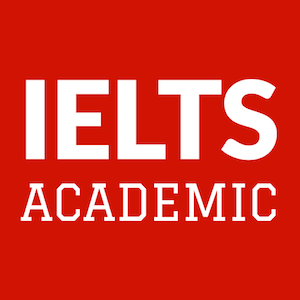The IELTS Reading Academic module consists of three passages totalling approximately 2,500 words. The passages are similar to the kind of articles you might read in a general interest magazine covering serious topics like Nature or The Economist.
You have 60 minutes in which to read the three passages and answer 40 questions. The passages are not the same length and the number of questions after each passage varies, so careful time management is all-important in IELTS Reading.
IELTS Reading overview
The three passages in the IELTS Reading module deal with a range of academic subjects: one may be about ancient history, another about astronomy, another about advertising techniques, and so on.
Each passage in IELTS Reading is followed by 11 to 15 questions. You can read and answer questions at the same time. The questions are multiple choice, matching, true/false/not given, sentence completion or summary completion tasks. Write your answers in pencil on the separate answer sheet provided. You can also make notes on the question sheet.
The IELTS Reading module lasts 60 minutes. You should be able to skim-read approximately 170 words per minute and spend no more than 15 minutes in total reading the three passages. That will leave you around one minute to attempt each question plus a little extra time for checking.
How IELTS Reading answers are scored
A human examiner marks your answers. You get one point for each correct answer, giving you a ‘raw score’ out of 40. This is converted into a ‘band score’ from 0 to 9. For example, you need 30 correct answers to get a band score of 7.0.
Five exam techniques for IELTS Reading
1. Skim-read quickly. Try to find the main idea of each passage and of each paragraph. Don’t read all the supporting details. Ignore any unfamiliar words at this stage.
2. Identify key words. Scan the passage and the questions for words you know will be in the passage such as names of people, names of places, and dates.
3. Identify paraphrase. Look for similar meaning between what the passage says and what the question asks.
4. Manage time. Some questions will be extremely difficult so you should concentrate first on the questions that are easiest for you to answer. Take no more than 60 seconds to consider your answer before moving on to the next question.
5. Expand your vocabulary. You will find the academic module of IELTS Reading much easier if you expand your academic vocabulary. The academic word list is a great place to start.
Now practice IELTS Reading
There are some IELTS Academic Reading samples on the official IELTS website. You can also search this website for further IELTS Reading techniques and practice opportunities.




